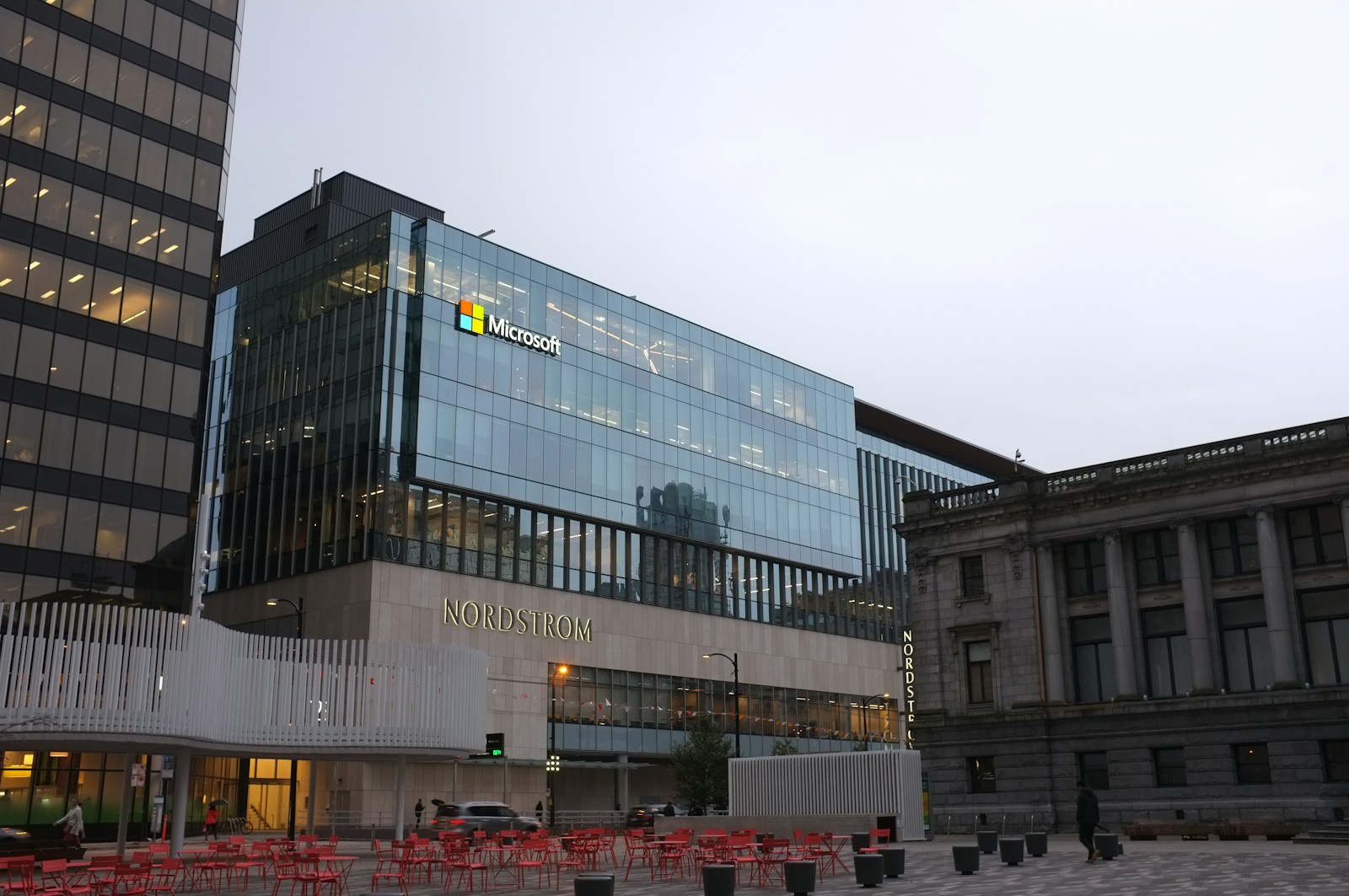Microsoft Layoff 2024: A Symptom of Tech’s Changing Nature
No one could have predicted the specific engineers who designed Excel or Teams, or the HR managers who onboarded them to Microsoft. You can innovate a product that defines an industry, but the people responsible for the infrastructure of your success don’t have to be Steve Jobs—they simply have to be capable enough at their skillset to keep the wheels turning.
That’s how the cycle works, not just for Microsoft but for the entire tech industry. Roles shift, players rotate, and the companies themselves often don’t fully control where the innovation tides take them. The 2024 Microsoft layoffs are not an anomaly. They are an echo of a larger shift in how industries like tech sustain themselves and continue evolving, shedding old innovations in favor of new possibilities.
Microsoft’s Layoff Timeline: A Decade of Adjustments and Realignments
Over the last decade, Microsoft has quietly become synonymous with strategic layoffs—not necessarily as a failure of business but as an evolving form of adaptation. Like a company-wide pruning of a tree too sprawling to grow efficiently anymore, layoffs have consistently marked not the end but the redirection of Microsoft’s efforts.
From its iconic pivot to cloud computing under CEO Satya Nadella to its aggressive push into AI-driven tools like Copilot, Microsoft’s trajectory has demanded tactical sacrifices. And this is far from unprecedented in the history of tech titans. In 2023 alone, tens of thousands of jobs were slashed across companies like Meta and Amazon in anticipation of uncertain market conditions. Microsoft’s latest decision to trim its workforce in 2024 seems more like a chess move than a collapse.
Why Companies Like Microsoft See Layoffs Differently
Tech layoffs do not follow the logic of traditional industries. The folks running these organizations aren’t clairvoyant strategists or managerial geniuses. They do not predict what the market needs five years ahead of time; they adapt to what it demands in real-time. The layoffs we observe are not mistakes—they are recalibrations.
For Microsoft, its commitment to AI and its acquisitions, like the historic Activision Blizzard deal, require massive restructuring. The company doesn’t lay off people out of greed; it does so because, in the world of exponential tech, doubling down on the new often means shedding the old, no matter how painful the process may be.
The AI Factor: Redefining Workforce Needs
One key driver of Microsoft’s 2024 layoffs is its investment in artificial intelligence. In 2023, its integration of AI capabilities into products like Microsoft Word and PowerPoint through Copilot brought the technology into the daily workflows of millions. But innovation doesn’t happen without consequence. As AI drives greater automation, the need for certain roles diminishes, whether they involve redundant technical processes or outdated support services.
Kevin Kelly argued that tech behaves like its own species, one that evolves inherently toward optimization and efficiency. With the rise of AI as a focal element in tech, we see this manifesting every day. Microsoft’s workforce is merely another tool that its vision of technology is reshaping, adapting it for future possibilities rather than present comforts.
Layoffs as a Means to Scale the Unscalable
The irony of the Microsoft layoffs lies in their purpose: scaling something that inherently cannot scale. A company like Microsoft does not sustain its relevance by playing safe or maintaining the status quo. Instead, it gambles on what it thinks the world will need long before others can see it. Realignment, cuts, and layoffs are collateral damage in this pursuit of a greater share of the future.
This isn’t an excuse, nor is it an indictment. It is simply the nature of tech at scale. When you operate in a world where products and needs evolve within months and not decades, you make calculated moves. You reorganize not because you get it wrong, but because there is no longer one right path to the next big thing.
“`
